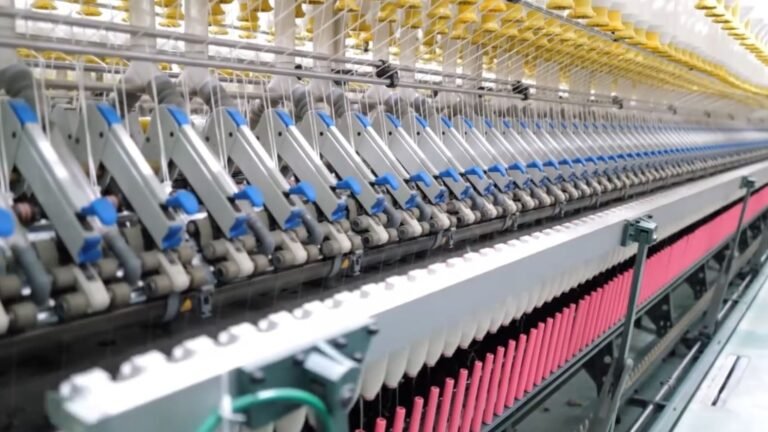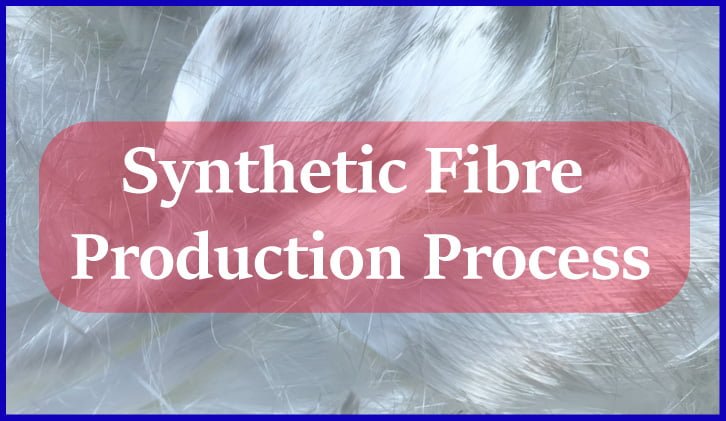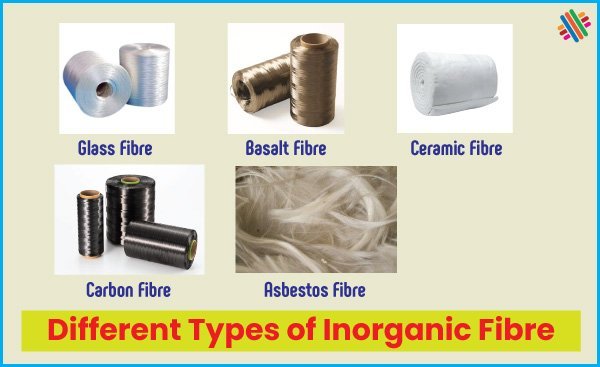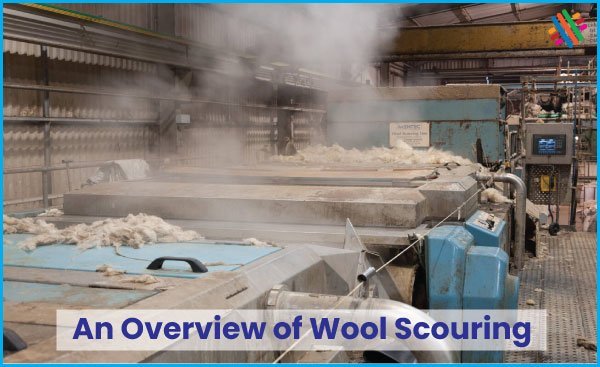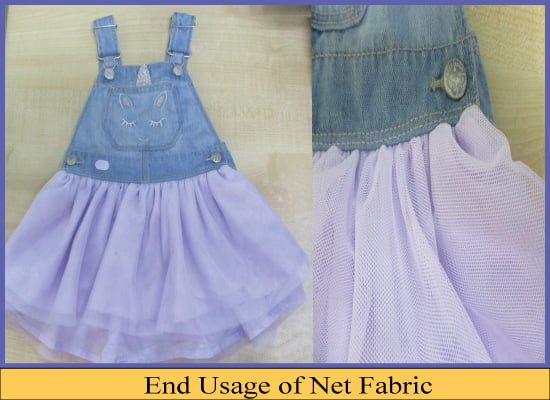A Guide to Wool Carbonizing Process
The vegetable matter is removed by chemical means; the process is called wool carbonizing. The method is comparatively simple. The wool to be carbonized is placed in tanks containing solutions of some strong acid like ….. Read More


